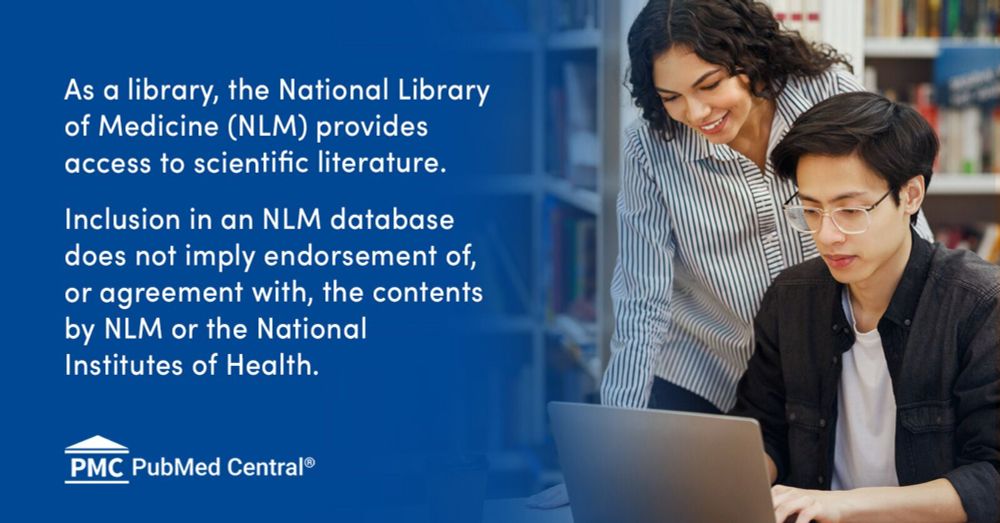
But there are certainly plenty of genes that clearly have multiple important isoforms, which is why APPRIS has TRIFID scores. Even then you get isoforms like the one in RPGR that buck the trend
But there are certainly plenty of genes that clearly have multiple important isoforms, which is why APPRIS has TRIFID scores. Even then you get isoforms like the one in RPGR that buck the trend
The 2nd ATG is conserved too and its Kozak sequence is largely untouched, unlike the first ATG
The 2nd ATG is conserved too and its Kozak sequence is largely untouched, unlike the first ATG



